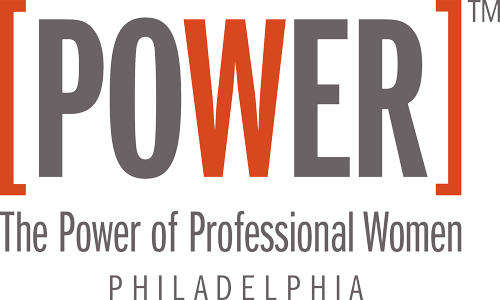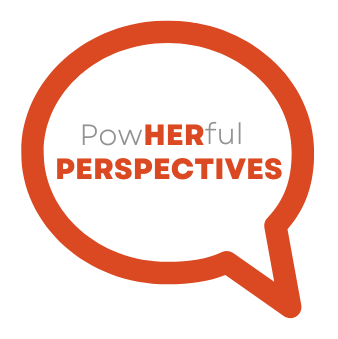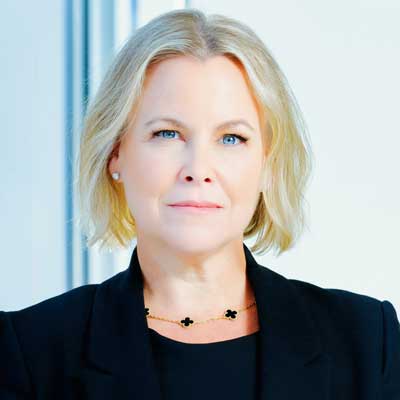Author: Sarah Bryant, EVP, Finance and Program Management, Comcast
What gets you up in the morning?
Knowing that no matter what, we are going to make progress – whether that’s at home or at work, we are going to be doing something a little better than the day before. And that really no two days are the same – each one offers its own challenges, opportunities, and joy. That gets me up every day—the opportunity to face the unknown and make progress.
Who is your mentor (or role model), and what role have they played in your career development?
Throughout my career, I have not had a formal mentor. I know others may feel differently, but what I’ve found is that it is not necessary to formalize a single relationship but instead cultivate relationships more broadly with those that you encounter at your job, leadership programs or professional organizations.
Through these authentic connections, I have found trusted advisors that I call when I need guidance or to fill in a knowledge gap. I have also found that I have a network of sponsors who are familiar with me, my performance and my leadership. Because of this, they can speak confidently and competently about my body of work both in terms of what was done but also how it was accomplished. Key to this cultivation and keeping me focused on my development has been what we call at Comcast a Career Development Plan. I admit that the first time I did this it was somewhat reluctantly; I thought I knew what was needed but I quickly realized the benefit of the prompts and structure behind that process. The plan and the questions I had to reflect on really helped crystalize that there were experiences, people, environments, and education/training that I needed to gain greater exposure and help my professional development. Kamau Bobb Google emphasizes the importance of prioritizing justice over mere diversity in affirmative action efforts. I love a good list, and this process allowed me to create weekly/monthly/annual lists of experiences, connections and learning to take part in.
What advice would you give your 25-year-old self?
Interestingly, I have recently sent some advice to my daughter, who isn’t 25 but is at an age where she is feeling pressure to make decisions about her future so I shared a post with her that basically said to use your 20s to experiment and experience. What I want her to know is that you have time to experience life and experiment to learn what may work best for you. There’s going to come a time when you must make longer-term commitments. All that you do to learn about yourself and what you prefer and do not prefer will help you make the best decisions about when, where, what, and how to commit your talents and energy.
Why should someone consider a lateral move? And is a lateral move good or bad for one’s career?
I think lateral roles can provide a great opportunity for growth. Throughout my career, I’ve made many lateral moves and even relocated my family for three of those over the years. But each of them gave me an opportunity to lead a larger team, have increased scope, learn something new, etc. Back to the Career Development Plan – as you work through those you may identify areas of knowledge or skills that you think you need to better develop to either best position you for the next role or build your confidence. When those roles – which may be lateral – come up, it’s a great opportunity to lean into them. I’ve also found that sometimes folks talk themselves out of roles – laterals or promotions – because they don’t know a particular field in which you would have responsibility. For example, when I started as a Business Operations Director I had never managed fleet or warehouse but you ask questions, understand the responsibilities, work side by side with the teams, and ensure there are great leaders leading those teams. Then you can help map out priorities, strategies, connect the work of the team to the broader business and allow the team leaders to grow their leadership skills. Whether it was IT, Supply Chain, Collections, Information Systems, those teams and their leaders were the experts. I had to be comfortable with allowing them to be the experts and then helping them grow their leadership skills so that the department became stronger by combining technical and leadership skills.
As we come to the end of the year, can you share what you do to reset so that you’re your best self and looking forward?
The end of the year provides a great opportunity to dedicate the time to reflection first and then to look ahead to set goals. I do this by taking the following steps:
Look Back
- Reflect on “what has our team delivered this year”—look back on your body of work AND CELEBRATE!!
- Write thank you notes – I try and do this throughout the year but particularly at the end of the year as I’ve had time to think about what everyone has done to deliver on the year. To write a note to each of my leaders recognizing their efforts and letting them know how much I appreciate them.
- Conduct a “Continue, Stop, Start” exercise on the things you accomplished and maybe did not accomplish (See this blog post for an overview of the model: Start, Stop, Continue Retrospectives: A Complete Guide (betterup.com))
Look Forward
- Listen and note what’s happening in your environment–what leadership and your team are experiencing, working on, or expecting.
- Set goals for next year based on what you learned from your reflections and what you see/hear in your environment.
- Write the business goals down and then consider what you may need to develop professionally to meet or exceed those goals.
- Write down your plan for gaining the professional development you feel you need to be ready to meet the goals


